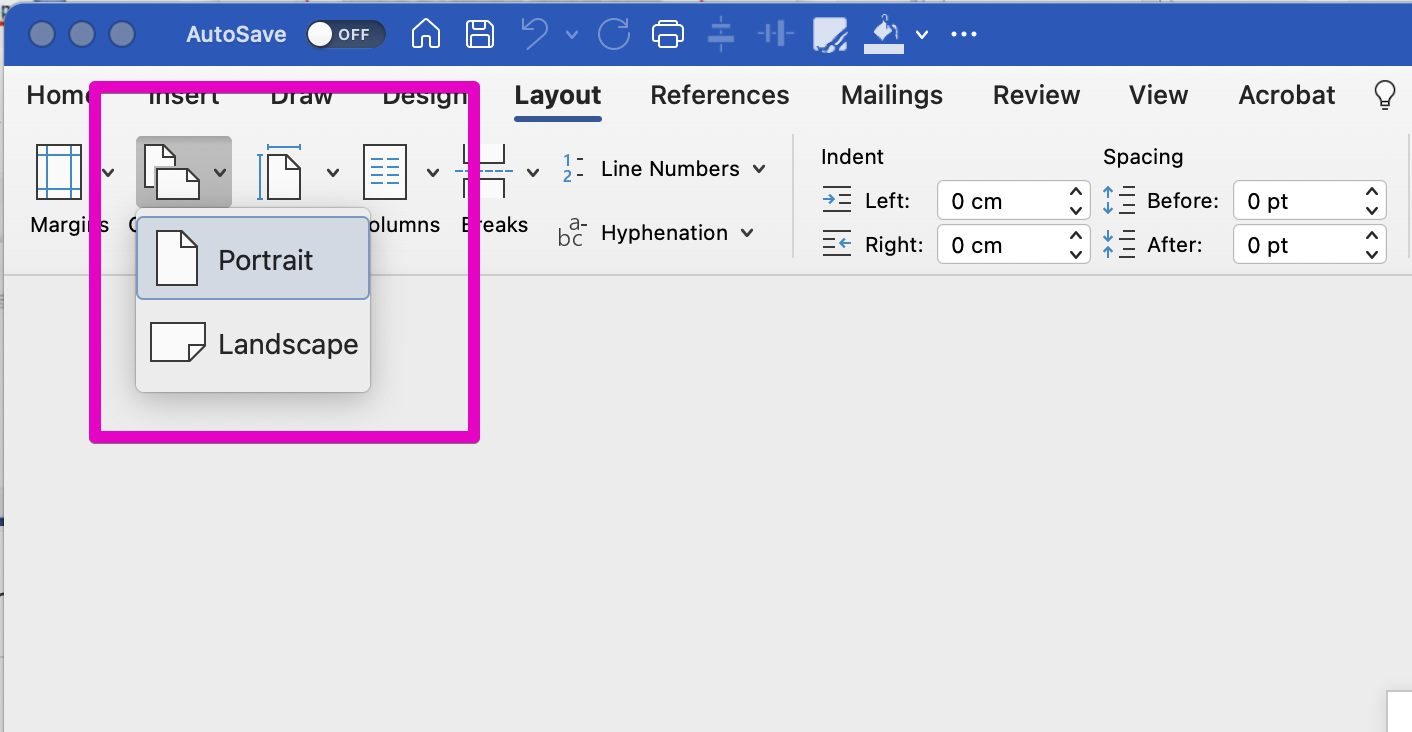How to Landscape One Page in Word
Unlock Microsoft Words power: Learn to change a single pages orientation from portrait to landscape without affecting other pages.
In this tutorial, Kevin Stratvert teaches viewers how to modify the page orientation of a single page in a Word document. This can be particularly useful when dealing with content like large tables, charts, or images that don't fit well in a standard portrait layout. Kevin explains that the process involves using the page setup feature and inserting section breaks to achieve the desired layout.
- 0:00 Introduction
- 0:11 Change one page to landscape
- 1:43 Change multiple pages to landscape
- 2:31 Use section breaks to change orientation
- 4:27 Wrap up
To landscape a single page in a Microsoft Word document, follow these steps:
- Open your Word document.
- Place the cursor at the beginning of the page you want to landscape.
- Go to the 'Layout' or 'Page Layout' tab in the ribbon.
- Click on 'Breaks' and select 'Next Page' under 'Section Breaks'.
- Place the cursor at the beginning of the next page if you want to revert back to portrait orientation after the landscaped page.
- Repeat step 4 to insert another section break.
- Now, go back to the page you want to landscape.
- Click on 'Orientation' in the 'Page Setup' group and choose 'Landscape'.
This process creates a separate section for the page you want in landscape mode. The surrounding pages will remain in their original portrait orientation.
Overview of Changing Page Orientation in Word
Changing the orientation of a single page in a Word document involves creating section breaks to isolate the page. This technique allows you to switch between portrait and landscape modes within the same document. It's useful for accommodating wide tables, graphs, or images. Remember that section breaks are the key to managing different orientations in a Word document.
The video provides two main methods for changing page orientation. Both methods are walked through step-by-step, ensuring viewers can follow along easily. By the video's conclusion, viewers will understand how to change a page to landscape mode without altering the orientation of the entire document. Moreover, they will learn to adjust margins and headers to maintain consistency across different pages.

The first method involves using the Page Setup options. Users have to select the content they wish to see on a landscape page, access the Layout tab, and then navigate to the Page Setup dialog box. There, they can select 'Landscape' orientation for the selected text. After clicking 'OK,' the page orientation for the chosen content will change to landscape view.
- Select the text for the landscape page.
- Access Layout, click Page Setup arrow.
- In the Page Setup, select 'Landscape' and 'Apply to Selected text'.
The second method requires the use of Section Breaks. To change the orientation for a specific page, you place the cursor at the start of that page, insert a 'Next Page' section break, and then change the orientation to landscape. If you want to revert subsequent pages back to portrait, a similar process is followed by inserting another section break and selecting portrait orientation.
- Place cursor at page start, insert 'Next Page' section break.
- Choose landscape via the Layout tab's Orientation.
- To revert to portrait, insert another 'Next Page' section break after the landscape page and select portrait orientation.
Kevin's video also includes a brief introduction and timestamps for various sections of the process. This makes it easier for viewers to navigate through the content. However, there is a mention of resources and timestamps that direct viewers to Word on the web, but such links and direct resource mentions are omitted for this summary.
The Versatility of Microsoft Word: Changing Page Orientation
Microsoft Word, a key component of the Microsoft Office Suite, provides a multitude of formatting options, among them the ability to alter the orientation of individual pages within a document. This capability is especially useful for incorporating elements such as large tables, charts, or images that may not fit well with the default portrait orientation.
Document creation in Word is often dynamic, with the need to maintain different layouts and orientations. Fortunately, Microsoft Word offers two practical methods for changing page orientation: the use of Page Setup and Section Breaks. These methods allow for flexibility in designing documents while maintaining a coherent document layout.
The Page Setup feature comes in handy when one wants to landscape a page with specific content. It involves selecting the desired content and navigating through the Layout tab into the Page Setup dialog box. In this box, the user can switch the orientation to "Landscape" and apply the change to the "Selected text". The outcome is a landscaped view of the selected page content.

Keywords
Landscape One Page Word, Word Landscape Single Page, Change Page Orientation Word, Microsoft Word Landscape Page, Set One Page Landscape Word, Convert Page to Landscape Word, Landscape Mode One Page Word, Word Document Landscape One Page, Word Page Layout Landscape, One Page Landscape Word Tutorial
